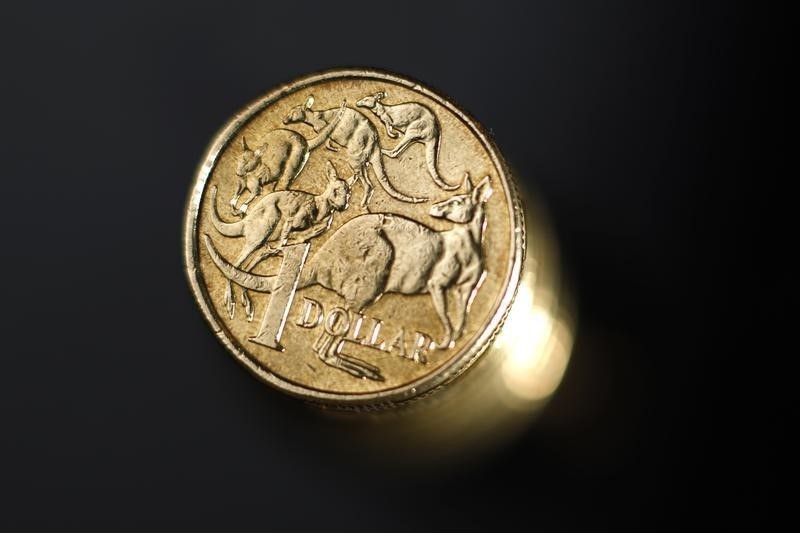Investing.com - The Aussie fell after Australia's central bank held steady as expected in its latest interest rate decision on Tuesday as investors detected tones of a more neutral bias and with investors cautious ahead of a meeting this week between U.S. President Donald Trump and Chinese President Xi Jinping in Florida expected to be contentious on trade.
AUD/USD traded down 0.34% to 0.7580, while USD/JPY changed hands at 110.43, down 0.42%. The U.S. dollar index, which measures the greenback’s strength against a trade-weighted basket of six major currencies, eased 0.04% to 100.32.
"The outlook continues to be supported by the low level of interest rates," RBA Governor Philip Lowe said in a statement. "Lenders have recently announced increases in mortgage rates, particularly those paid by investors. Financial institutions remain in a good position to lend. The depreciation of the exchange rate since 2013 has also assisted the economy in its transition following the mining investment boom. An appreciating exchange rate would complicate this adjustment."
Earlier, Australia reported a trade balance surplus of A$3.574 billion, nearly double the A$1.80 billion seen as exports rose 1% and imports dipped 5%. The NZIER business confidence survey for the first quarter showed a dip to 17% from 28%, while the New Zealand think tank said capacity utilization rose to 93.6% from 92.7%. NZD/USD traded at 0.6984, down 0.41%.
Markets in China, Hong Kong, Taiwan and India are shut for public holidays.
Overnight, the dollar remained slightly above break-even against a basket of major currencies on Monday, as investors mulled over the release of mixed economic data. As well, the Bank of Japan will report core CPI with a 0.2% gain expected year-on-year.
The dollar retreated from session highs, as March construction spending fell below economists’ forecasts while economic activity in the manufacturing sector slowed less than expected.
The Institute of Supply Management (ISM) Manufacturing Purchasing Managers Index (PMI) hit 57.2 in March, a 0.5% decrease from the February reading of 57.7 but slightly above economists’ forecasts of 57.0.
Meanwhile, the Commerce Department said, February U.S. construction spending increased 0.8% to its highest level in more than ten years but it missed analysts’ expectations of 1% rise.
Elsewhere, the pound lost some of its resilience against the dollar, as GBP/USD tumbled to a session low of $1.2466, after UK manufacturing activity slowed in March. Financial data company Markit said its purchasing managers' index (PMI) slipped to 54.2 from a downwardly revised 54.5 in February.
